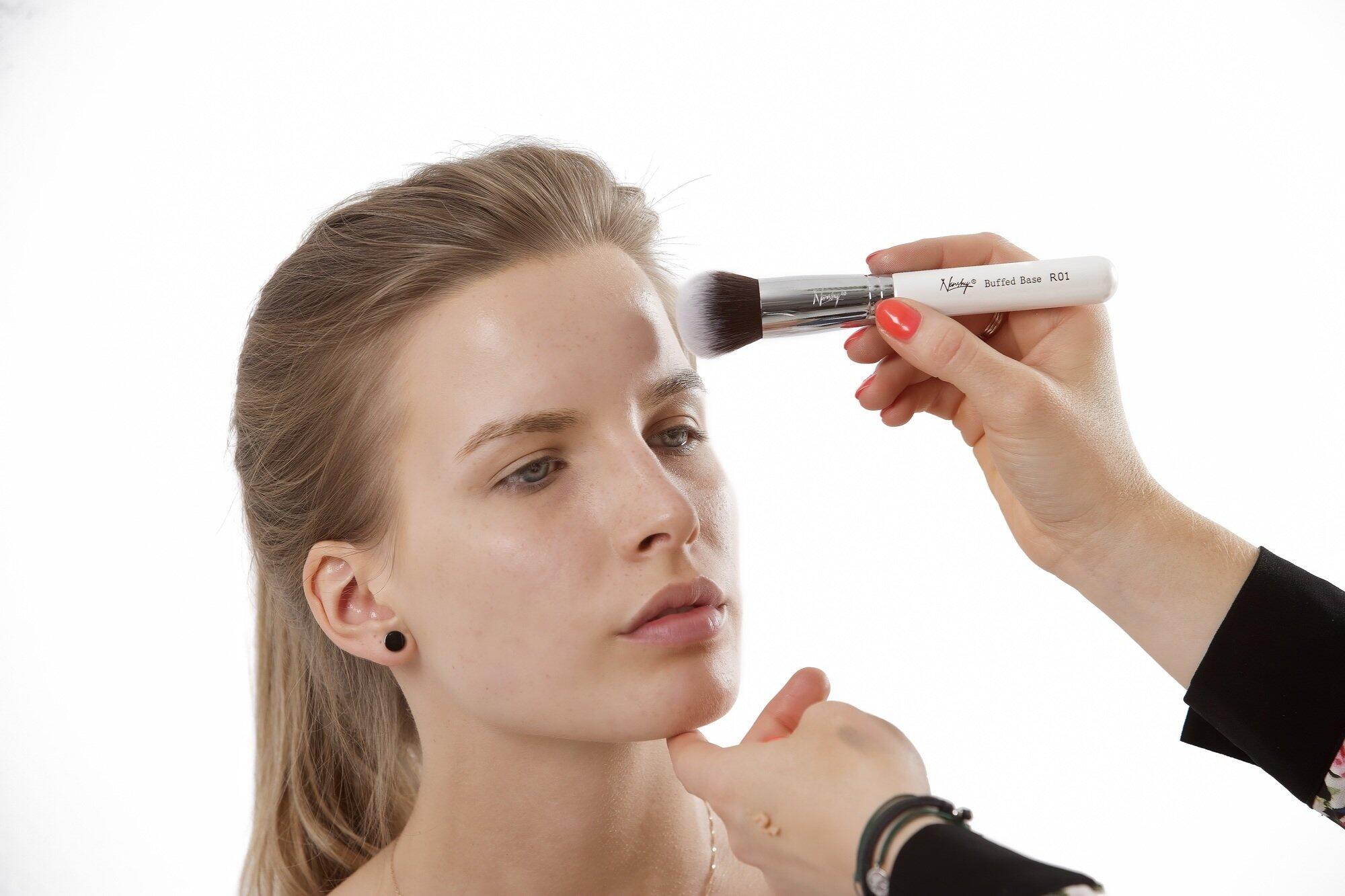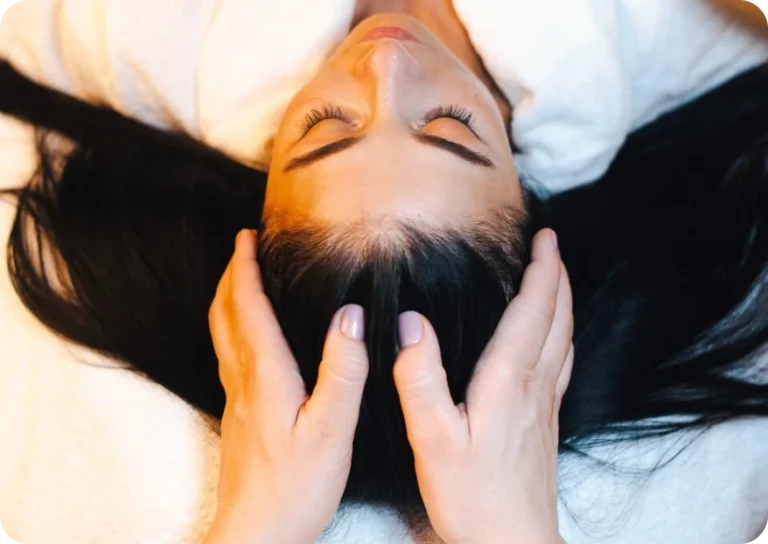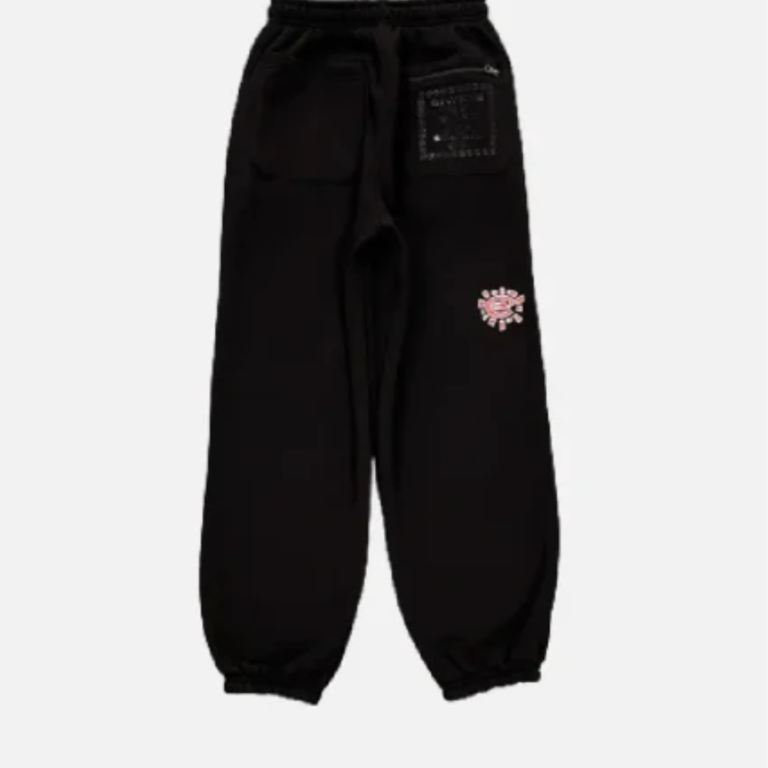How to Choose the Right Facial Makeup for Your Skin Type
Have you ever looked at your face after applying makeup and wondered why it doesn’t look quite right? It might be because you’re not using the right makeup for your skin type. Whether your skin is oily, dry, or somewhere in between, choosing the right facial makeup can make all the difference.
In this guide, we’ll walk you through simple steps to pick the perfect products for your skin. By the end of this, you’ll know how to enhance your natural beauty with ease.
Understand Your Skin Type
The first step in finding the right facial makeup is understanding your skin type. Is your skin oily, dry, sensitive, or a combination of all these? This is important because different skin types require different products.
If you have oily skin, you might notice that your face looks shiny by midday. You may also deal with frequent breakouts. On the other hand, dry skin can feel tight and might flake, especially in colder weather.
Sensitive skin often reacts to makeup and skincare products, causing redness or irritation. Lastly, combination skin means some parts of your face are oily while other parts are dry.
Knowing your skin type helps you choose the right foundation, powder, and other products that will work with your skin, not against it.
Picking the Right Foundation
Foundation is the base of your makeup routine. It covers blemishes, evens out skin tone, and sets the stage for other makeup. But not all foundations are the same, and finding the right one for your skin type is key.
For oily skin, go for a mattifying foundation that can help control shine throughout the day. Look for products labeled as “oil-free” or “long-lasting.” These will help prevent your makeup from sliding off your face. A liquid foundation or powder foundation works best here.
If your skin is dry, try a hydrating or dewy foundation. These types will give your skin a natural glow and won’t make your face look flaky. Cream-based foundations can be your best friend in this case.
Sensitive skin needs extra care, so it’s best to pick foundations that are hypoallergenic and fragrance-free. These products are less likely to irritate your skin.
For combination skin, you might need to experiment a bit. You can try a lightweight foundation that isn’t too matte or too dewy. A buildable foundation that lets you control coverage is often a good option.
Concealer That Works with Your Skin
Concealer is a great tool to hide blemishes, dark circles, or any uneven spots on your face. But just like foundation, you need to choose the right one based on your skin’s needs.
If you have oily skin, pick a concealer that is long-lasting and doesn’t melt away after a few hours. Matte finish concealers work best here. Dry skin benefits from a creamy concealer that won’t settle into fine lines.
Make sure to choose a concealer that matches your foundation for the best results. This way, your facial makeup will look smooth and seamless.
The Importance of Primers
A good primer is often overlooked in makeup routines, but it’s essential for creating a smooth canvas. If you want your facial makeup to last all day, adding a primer to your beauty routine is a must. It helps your foundation and concealer stay in place and makes your skin look more even.
For oily skin, a mattifying primer can help reduce shine and keep your makeup from sliding off. If your skin is dry, try a moisturizing primer. For sensitive skin, go for a gentle primer that soothes the skin.
Setting Your Makeup
Once your makeup is on, you’ll want it to last. This is where setting powders and sprays come into play. Oily skin types benefit from using a setting powder to reduce shine. A lightweight, translucent powder is best to avoid looking cakey.
If you have dry skin, setting sprays are a better option. They keep your skin hydrated and give you a natural glow. For long-lasting cosmetics, always finish your makeup with a setting product like how they do it in Sassy Hair Salon North Vancouver.
Eye Makeup and Your Skin Type
When it comes to eye makeup, your skin type still plays a role. Oily skin can cause eyeshadows to crease, so using an eyeshadow primer can prevent that. Powder eyeshadows work well for oily skin, while cream eyeshadows suit dry skin better.
Mascara and eyeliner should also be chosen with care. Waterproof products are great for oily skin since they won’t smudge easily. However, they can be drying, so if you have dry skin, try using a mascara with hydrating properties.
Lipstick for Every Skin Type
Your lips may not be as oily or dry as your face, but the skin on your lips can still be affected by your overall skin type. Oily skin types should avoid glossy lipsticks that can add unnecessary shine. Matte lipsticks are a better choice. Dry skin types benefit from moisturizing lipsticks or tinted lip balms.
Makeup Removal and Skincare
No matter what makeup techniques you use, it’s important to remove your makeup properly. At the end of the day, your skin needs a break. For oily skin, use a gentle cleanser that removes oil and makeup without stripping your skin.
Dry skin types should use a cream-based cleanser that adds moisture while cleaning the face. Sensitive skin needs a gentle makeup remover that won’t cause irritation.
This is where skincare and makeup go hand in hand. Incorporate good beauty routine tips, such as moisturizing daily and using products with SPF.
Level up Your Facial Makeup by Following This Guide
Choosing the right facial makeup can be easy once you know your skin type and understand what products work best for it. Whether your skin is oily, dry, or a mix of both, there’s a foundation, concealer, and routine that will enhance your natural beauty.
By picking the right products, you can create a flawless look that lasts all day. Remember, your beauty routine should not just focus on makeup but also on skincare.
Did you like this guide? Great! Browse our website for more!
Keep an eye for more news & updates on Glamouruer!






